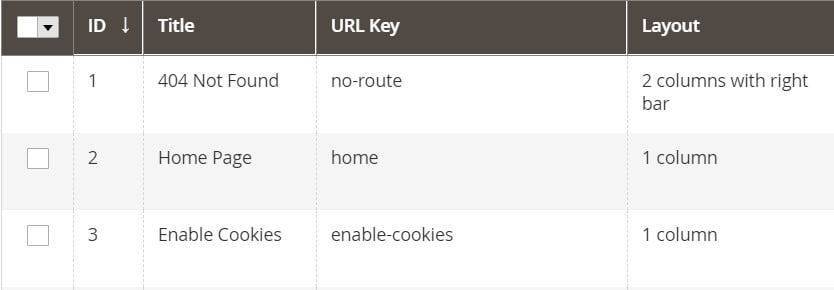Reviewing Magento 2 Product Attachments Extension by Amasty

Below, we explore Magento 2 product attachments. While Magento stores struggle to provide comprehensive product information, such as user manuals, warranties, or detailed product descriptions, as a built-in feature, there is a handy solution. Meet Amasty’s Magento 2 Product Attachments extension.
Customers may feel uncertain about their purchases without a way to attach files, leading to missed opportunities. However, this Magento product attachments extension addresses this issue. The module enables store owners to upload and display various attachments along different store pages.
This review will explore this extension’s key features, benefits, admin setup, and storefront functionality. Continue reading to learn how this product attachments extension for Magento 2 can improve your e-commerce store. Continue Reading








